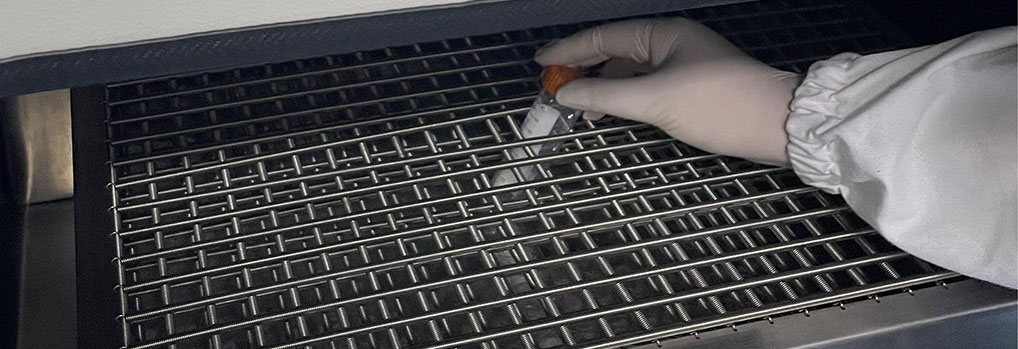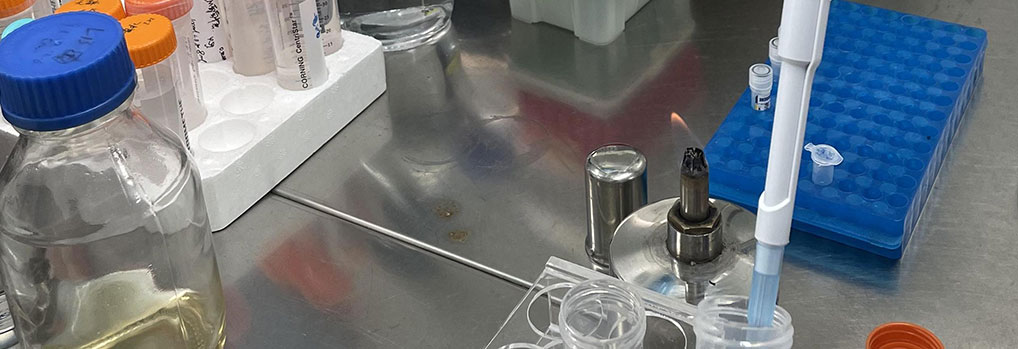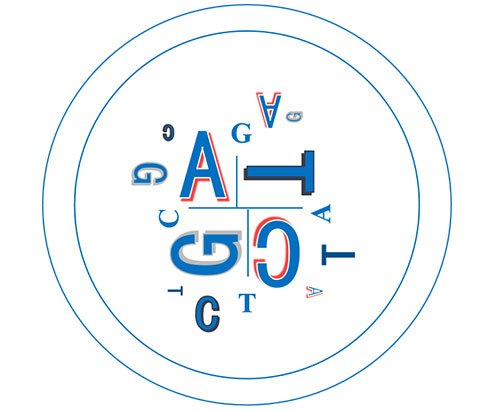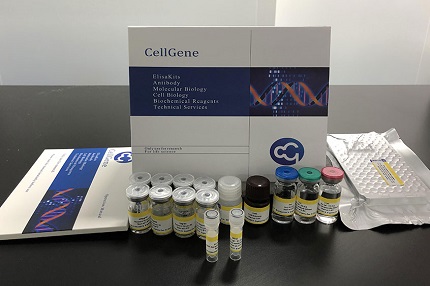Search ELISA Kits
Different Types Of BlueGene Biotech Plasmids
What are Plasmids and Their Functions?

Plasmids, also known as plastids, refer to DNA molecules that can replicate autonomously outside the DNA of the cell's chromosomes or nuclear regions, and are not necessary for cell survival.
Most are circular molecules, a few are linear molecules, and many are found in prokaryotic bacteria, as well as in organisms such as yeast, or in plant mitochondrial organelles, which are much smaller than eukaryotic nuclear genomes, typically thousands to hundreds of thousands of base pairs.
The gene carried by the plasmid can endow the cell with additional physiological and metabolic capabilities and improve its pathogenicity. The genetically engineered vector contains functional elements and can be replicated and transcribed independently.
What is the Difference Between DNA and Plasmids?

DNA, comprising genomic DNA, organelle DNA, as well as plasmids, etc., all of which are polymerized from deoxyribonucleotides.
Nuclear DNA usually exists as chromosomes that replicate in equal amounts during cell division;
Organelle DNA, such as mitochondrial DNA, is outside the nucleus of eukaryotes.It is cytoplasmic DNA, capable of semiautonomous self replication. It is usually more affected by the outside world, and encodes more mitochondrial functional proteins.
Plasmids, such as the most common vector in genetic engineering, are circular DNAs that can independently exist in eukaryotic prokaryotic cells, contain functional elements, and can be independently replicated and transcribed.



_00(1).webp)

